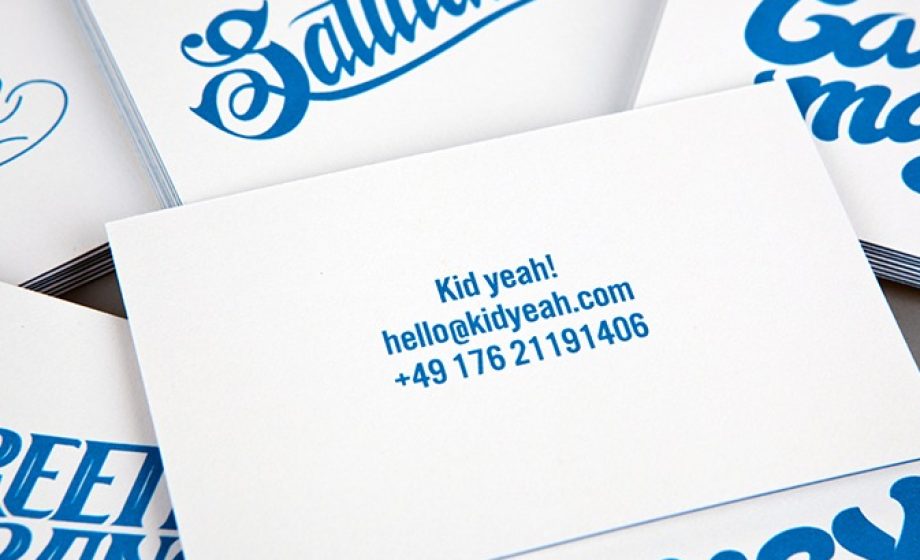
The following post is sponsored by online printing & design company MOO. For more information about our Sponsored Content policy, click here.
Thanks to Rudebaguette and MOO, get your free pack of 50 business cards here.
First times can be stressful events, especially if you’re a startup planning to attend your first conference. Leaving a great first impression can be challenging, perhaps you already have a great product or service, but you’ve yet to make your name in the market. Luckily, if that’s the case then you can also create pretty much everything from scratch, meaning you have the freedom to invent yourself or your company.
If the only thing you’re taking with you is a roll-up and some product prototypes, having a well-thought out brand for your company will make you stand out in the crowd. Most startups leave branding for an after-thought even though a solid brand immediately gives you more credibility. In events dedicated to startups or founders, or pretty much any other social environment, you need to sell your story to your audience. Why you believe in your product, what’s unique about it, how you launched it and how you want to grow and develop your product, your brand.
The best stories are told with simple branding, If you’re choosing a designer to work with you on the branding process, make sure you review their previous work and meet with them to discuss your needs and requirements. The relationship between you and the designer is critical, as they need to have a full understanding of what messaging you want to convey. In a way, the designer is much like a doctor : you tell him the “symptoms” of your product and he needs to reflect that in your branding – convey the wrong message and you’ll get an ill company branding.
If you already picked a designer, don’t think they will immediately understand what you want to communicate. As entrepreneurs, sometimes we think our ideas are so clear that everyone will immediately understand them. Take some time to write a good brief, one that reflects who you are and the message you want to convey. In it, make sure to answer questions like “where we are now, where do we want to be, what’s the brand story, how did the market evolve, what reaction do we want to get, who are we talking to, etc.” Your brief will be the basis of the designers’ work so the better the brief, the more likely you are to get what you wanted in the first place.

When your rollup is standing proud and your prototypes are on display, people will start approaching you. Before they speak to you, they will see your brand and have an opinion of your business. They already saw your brand, they already have an idea of what you do, and they have already judged the quality of your startup. The fact that most startups ignore the importance of this might give you a head start in telling a better story. But remember, if your brand tells a different story than yourself, then you might as well pack your rollup and go home. Bootstrapping your brand is much more about the thought you put into it than the money you invest in designers, because ultimately your brand is a reflection of your work. So polish your shoes, tuck in your shirt and have some sharp business cards in your pocket, tell your story and you will do just fine. For those looking to make a dent in the universe, check out MOO’s premium business cards with the option of having a different image on the back of every card. A great way to showcase your products, designs or interesting facts about your business. Their Luxe cards are the gold standard of paper quality and give you the option of adding a colored seam to your card.
This post is sponsored by online printing & design company MOO. For more information about Sponsored Content, email us at sponsorship@rudebaguette.com

